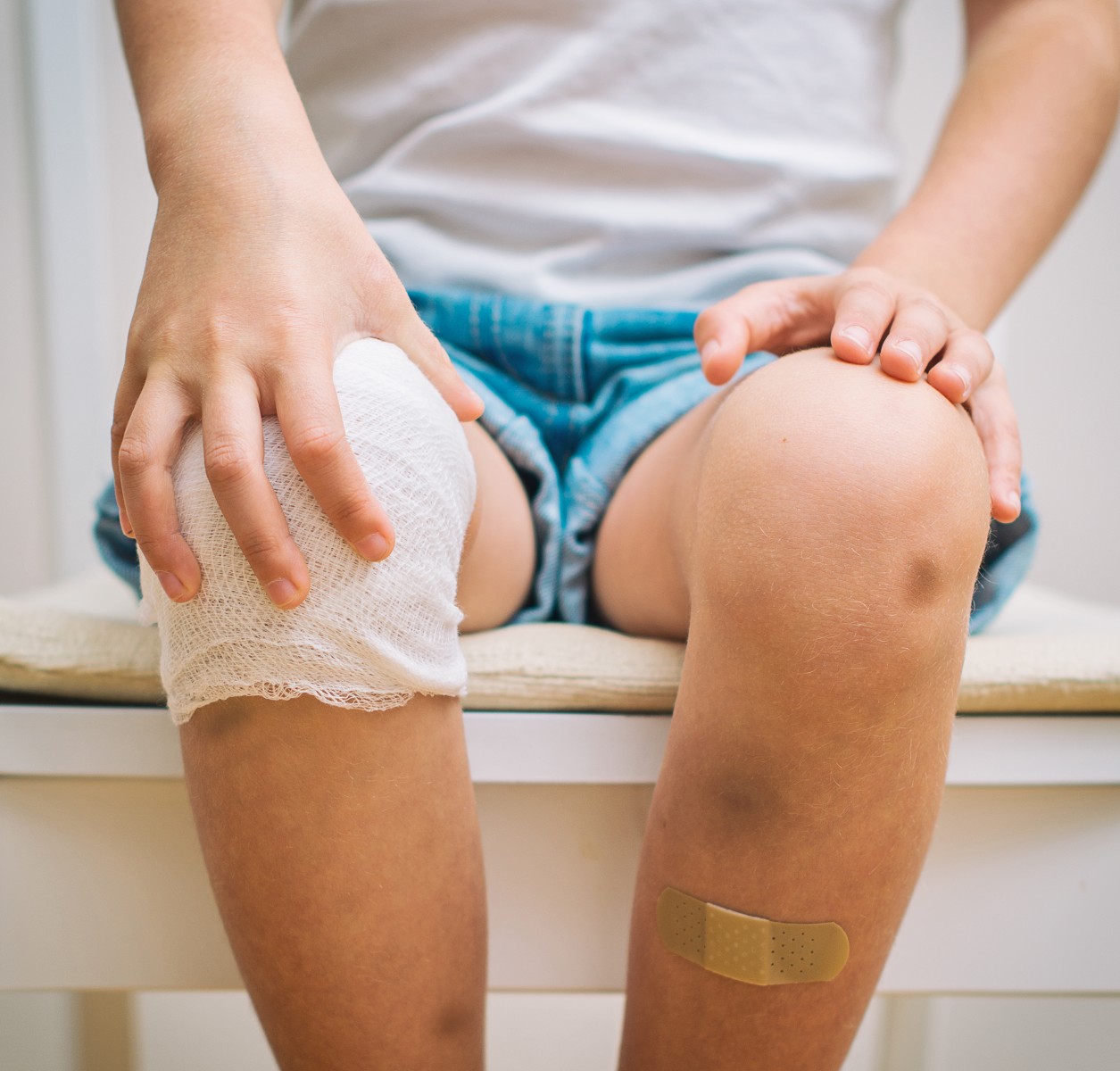Bruising ‘Uncommon’ in Very Young Children with Blood Disorders, Study Reports

Researchers analyzed the patterns of bruising in children younger than six years old to understand the extent to which their inherited bleeding disorders, such as hemophilia, affected the number, size, and location of these bruises — and found that bruising in the youngest of these children may be an early sign of a bleeding disorder, or of physical abuse.
Bruising in children can result from a series of activities: normal scraps or falls, accidental trauma, hemostatic impairment, or physical abuse, the researchers, from the U.K. and Canada, noted. Few studies exist as to the pattern of bruising in children with inherited bleeding disorders, although such bruises are assumed to be more frequent and larger than in children without these disorders. Because bleeding disorders often go undiagnosed in young children, and because this age group is vulnerable to abuse, the study aimed to distinguish those indicating the presence of hemophilia or another bleeding disorder.
“If a mild laboratory abnormality is assumed to be the cause of bruising then abuse may go unrecognised but, if a bleeding disorder is missed, a family may be inappropriately accused of abuse,” the researchers wrote.
The observational study, “Patterns of bruising in preschool children with inherited bleeding disorders: a longitudinal study,” published in the Archives of Disease in Childhood journal, is intended to help pediatricians and hematologists better assess bruising in young children by identifying patterns expected in the normal daily activities of those with a bleeding disorder.
Researchers compared 105 children with bleeding disorders (median age, 2.6 years) to 328 healthy children, with the two groups classified by mobility — premobile (non-rolling/rolling over/sitting), early mobile (crawling/cruising) and walking — and the first group by disease severity: severe bleeding disorder factor VIII/IX/XI <1 IU/dL and type 3 von Willebrand disease.
The children were observed for the number, size and location of bruises every week for up to 12 weeks. Records made of children with bleeding disorders were then compared to those from children without bleeding disorders.
The researchers found that:
- Children suffering from a bleeding disorder rarely had bruises on their ears, necks, cheeks, eyes, or genitalia
- The mean number of bruises was 31.82 (8.39 to 65.42) for severe bleeding disorders, and 5.15 (1.23 to 11.17) for mild/moderate disorders
- Children with bleeding disorders had more and larger bruises, but such bruises were unusual in premobile children
Researchers concluded that children with bleeding disorders have more and larger bruises at most developmental stages, except at the premobile stage of life. In premobile children, they said, bruising was “uncommon” and warranted “investigations for potential physical abuse.”
“The fact that premobile children with a severe bleeding disorder had bruising in >50% of collections highlights the need for laboratory investigations for severe bleeding disorders in combination with child protection assessment. These findings may also explain why premobile children with undiagnosed severe bleeding disorders are commonly investigated for physical abuse,” the researchers wrote.
To the researchers’ surprise, the number and size of bruises did not vary among children with bleeding disorders on prophylaxis, possibly, they said, because these children “were allowed to be more active.”






